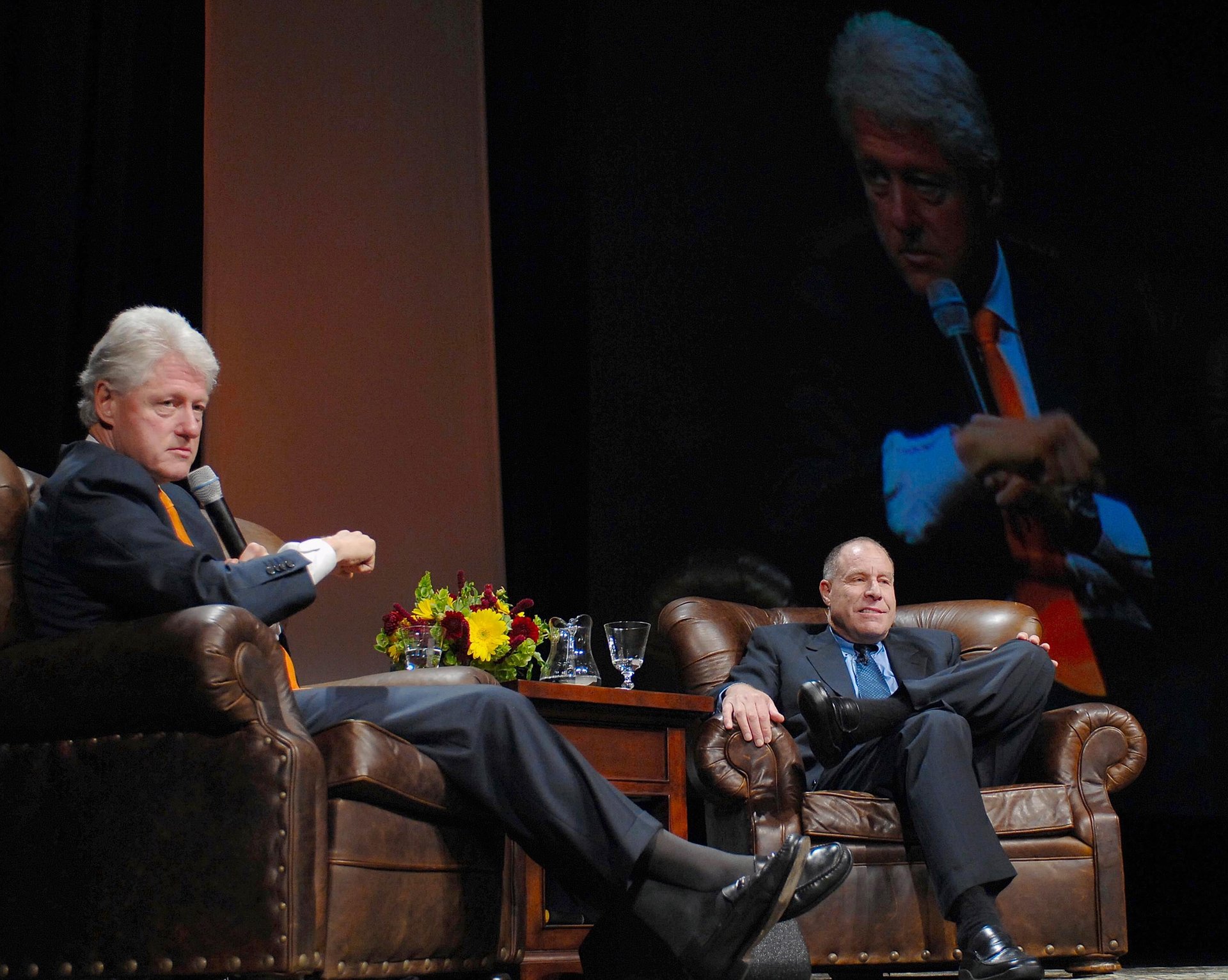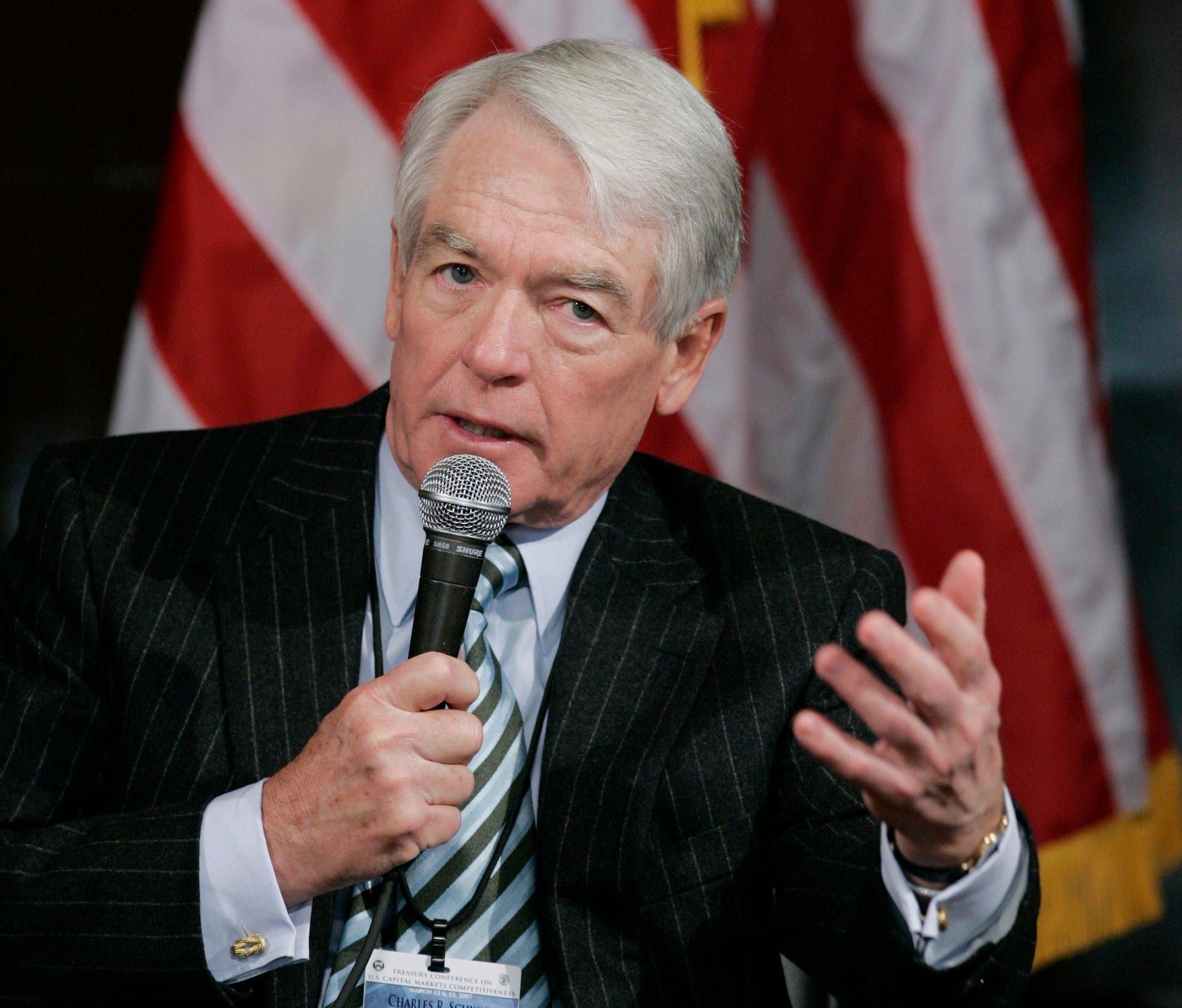A learning disability often makes for a more visionary, innovative CEO
After 20 years at the top of Silicon Valley, John Chambers is stepping down as CEO of Cisco. As a dyslexic in an unrelenting corporate world, Chambers had to overcome many obstacles. But while posing daily challenges, dyslexia can also be a hidden gift.


After 20 years at the top of Silicon Valley, John Chambers is stepping down as CEO of Cisco. As a dyslexic in an unrelenting corporate world, Chambers had to overcome many obstacles. But while posing daily challenges, dyslexia can also be a hidden gift.
“I’m currently in the midst of an ongoing war with my iPhone,” laughs Nancy Brinker, as our lunchtime chat turns to the ups and downs of 21st century technology. Brinker is the founder of Susan G. Komen, the global breast cancer charity which has raised more than $2.2 billion to raise awareness and fight the disease.
Her story is one of entrepreneurship and vision, all the more remarkable because Brinker, like a number of influential leaders around the world, is dyslexic.
“It’s very hard for me to listen and focus,” she tells Quartz. “It’s sort of an ADHD reaction. Things become overwhelming really quickly and so I love things that are straightforward. My Blackberry was perfect! I don’t like to have to do four steps before you can send an email. If you have learning challenges, you’re constantly trying to manage and absorb the input around you. So when it’s more complex, like all technology today, it can be highly frustrating.”

Dyslexia is a neurological disorder which affects an estimated 10% to 20% of the US population, yet still remains highly misunderstood and often goes undiagnosed. The common perception is that dyslexia is a single condition, but in reality it’s an umbrella term used for a myriad of neurological differences, ranging from visual perception to phonological processing. The former makes words appear to move during reading, while the latter makes it hard to hear all the individual sounds, or phonemes, which make up words, resulting in delays in understanding speech.
Dyslexia also rarely occurs on its own, often coming in parallel with another condition like dyspraxia or Asperger’s syndrome, leading to additional challenges.
“Dyslexics can find it very challenging to remember names,” Jan Halfpenny, director of a UK-based company that supports dyslexic entrepreneurs, tells Quartz. “Asperger’s makes it very hard to remember faces. Seeing people out of context in difficult environments can be tricky. For a business leader, that’s tricky to get around unless they have well versed assistants who remind them who people are.”
According to a 2007 study carried out by Julie Logan, a professor at London’s Cass School of Business, around 35% of entrepreneurs in the US are dyslexic, including Kinko’s founder Paul Orfalea, Wall Street scion Charles Schwab, beauty products innovator Anita Roddick, and Virgin’s Richard Branson. Essentially, it’s easier for dyslexics to be successful in this corner of the business world by controlling their own destiny, rather than by climbing the corporate ladder.
Despite Chambers’s success at the helm of Cisco, Halfpenny says that she has been approached by many people who have found that the company’s exams for graduate engineers are not dyslexia-friendly.
“People like Orfalea and Branson have opted out of the system for very good reasons,” Halfpenny explains. “Setting up your own business allows you to choose how things are run and who notices your difficulties. It gives you a better chance of doing things you’re good at and avoiding things you’re not. They often have PAs to do a lot of the literacy aspects of work.”

For all business leaders, finding a circle of colleagues that can be trusted implicitly is vital. For those with dyslexia, finding the right people can be a unique challenge. Brinker’s dyslexia is related to auditory processing, and when it comes to decision-making, it’s key for her to be presented with the major issues in a manageable format. For this, choosing the right team is key.
“You really rely on the people who work for you and report to you,” she says. “You need them to be open, honest and give you the direct and best information. Or even to say, ‘I don’t know.’ If that doesn’t happen, it can be deadly. It’s like trying to fight a war with the wrong intelligence. We had a very bumpy period in our organization a few years ago because the key problems weren’t laid out for me in the way that I asked for.”
One of the biggest challenges dyslexic business leaders face on a daily basis are meetings, according to Brinker. “Things become overwhelming quickly because you hear everything and you have to strategize and untangle it in your own head,” she says.
“It’s mostly about presentation. I’m a visual thinker, and science meetings really require careful auditory processing and discussion of numbers, which are very hard for me to process unless I’m looking at it,” she notes. “Board meetings can be painful for me because of the way the financials are usually presented. I can deal with it by ensuring I go into the meeting already understanding all the pros and cons of what’s being discussed. But I think so many times, all meetings would be better if there were coversheets for everyone outlining the main points. Rather than just presenting them to people and letting them analyze, sometimes badly.”
To illustrate how difficult it can be for dyslexics to process information in such environments, Hal Malchow, president of the International Dyslexia Association, recalls a famous story in which Branson tells of a board meeting where Virgin’s financial audits were being presented.
“One of the board members suddenly says, ‘Richard can I talk to you in the break?’ and he takes him outside the room and he has to explain the figures being discussed to him. So here’s this guy who’s created a multi-billion dollar company but because of the way things are being laid out to him, he doesn’t have a grasp of the financial statements.”
And yet, despite all of these hurdles, dyslexic people continue to lead in the corporate world. One of the most common theories for this success is an inherent aptitude for tunnel vision and big picture thinking. Instead of being dissuaded by the many obstacles in their path, they focus only on the way forward. “For every great successful start-up company there were probably 50 people who had the idea but either couldn’t pull the trigger or somehow got lost in figuring out why it wouldn’t work,” Malchow says. “Dyslexics don’t have that fear of failure. They see the end goal and stay focused on it.”

But being able to achieve such goals ultimately requires an ability to inspire and motivate others to share the same vision. Julie Logan says that while dyslexic leaders may be weaker when it comes to the little details, they compensate by being excellent communicators.
“They are usually very good at articulating their vision in person, which is also a very important skill for getting people to buy in to your aims,” she tells Quartz. “Dyslexic leaders have often developed good oral skills to compensate and that’s essential for getting people behind you.”
Brinker prefers to express her ideas over the telephone or face-to-face rather than via email, partly due to her natural mode of thinking. “I have a very odd way of expressing myself in emails. It’s not corporate or business-like, it comes out as a stream of consciousness, because it’s the way my mind works and I go very fast. It’s probably off-putting to some people.”
She feels that the ability to think in such a way is key to being creative. “Jonathan Swift once said, ‘Practise the art of seeing the invisible.’ The way to see the invisible is to put everything you think and imagine on the table. Sometimes the ideas are good and useful. At other times it’s like junk email, but then you can just discard it. I’m never offended when that happens because it’s a natural part of the process.”
For Brinker and many other dyslexic leaders, creativity comes naturally. But the relentless desire to innovate can in itself be a challenge. “Dyslexic leaders often have this desire to constantly prove themselves which can result in stress and burn out,” Logan says. “It’s almost as though because they tended to struggle in education, they are trying to prove to themselves they are good or better at their job, but this can be damaging to their health if they don’t get the balance right.”
Brinker agrees she is typically fighting a constant urge to do more. “I tend to load my days up, I want to do everything and I have to resist that temptation and stay disciplined and organized about what I do. You tend to do what feels good and natural to you rather than what feels natural to everyone else.”
But while dyslexia can exacerbate the stress on an individual, business leaders with the condition are fortunate to exert a level of control over their day-to-day routine which allows them to thrive. It isn’t easy to be neurodiverse in a world which largely caters for what we perceive as the neurotypical; but being able to work outside the structured confines of the corporate environment is a great advantage. Perhaps one of the main reasons why there are so many dyslexic entrepreneurs lies in the challenges they’ve had to overcome while growing up. Unlike many of us, they have never had a comfort zone so taking a step into the unknown does not hold the same fear factor. As the author Malcolm Gladwell observed in his book David and Goliath, ‘They are not afraid of failure.’